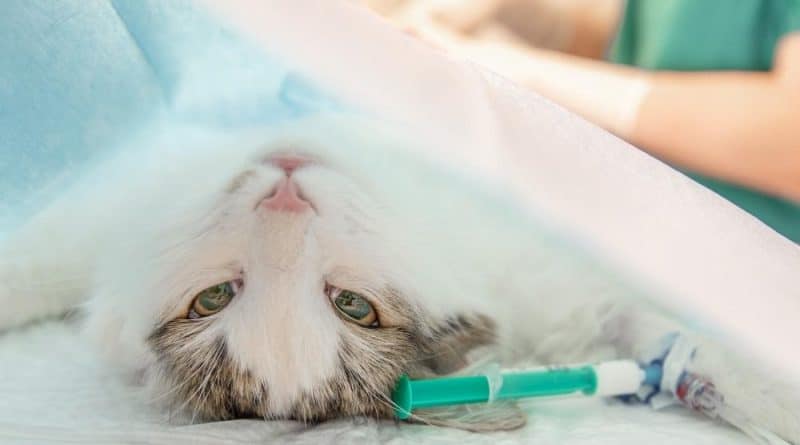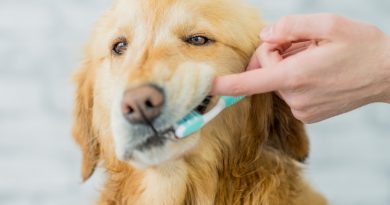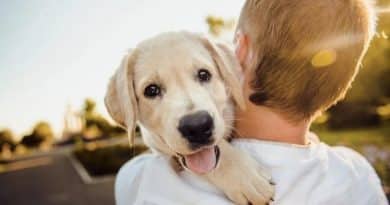Advantages of spaying/neutering in dogs and cats
For all information and guidance on neutering or pet health, always consult a trusted veterinarian. They are qualified professionals capable of caring for and ensuring the well-being of animals.
What is Neutering?
Neutering is a globally recognized, safe, and effective method for population control of dogs and cats, highly recommended by veterinarians for the prevention and reduction of many diseases.
The most common surgical procedures for this process are:
- Ovariohysterectomy (OH) – removal of the uterus and ovaries in females.
- Orchiectomy – removal of both testicles in males.
The procedure is simple and relatively quick but requires preoperative care and examinations.
After surgery, it is important for pets to wear a bodysuit or collar to protect the sutures, and care should be taken not to exert excessive force or engage in physical activity during the postoperative period, which can take 7 to 10 days to recover. Stitches are then removed.
All pre and postoperative care, as well as evaluation and guidance, will be provided by the veterinarian.
What is the Best Age to Neuter a Pet?
This is a common question among pet owners. The truth is, there is no right or wrong time. The recommendation or choice that influences the best time is the veterinarian’s assessment based on the animal’s history and case analysis.
If possible, neutering when the pet is a puppy can help prevent a variety of diseases by reducing the levels of reproductive hormones early on. During the early stage of life, the procedure usually occurs between 6 and 9 months, depending on the animal’s health, size, or breed characteristics.
However, if the owner chooses to keep a dog or adopt an adult pet, neutering can also be done at this stage of life.
The Benefits of Neutering:
- Reduces roaming and associated problems, such as infections, traumas, accidents, poisonings, and abuse.
- Reduces zoonotic diseases (pet-to-human transmission), such as rabies and leishmaniasis.
- Reduces female heat behavior and prevents reproductive diseases.
- Reduces the risk of mammary, uterine, and ovarian diseases, such as tumors and pyometra (uterine infection).
- Prevents diseases such as pseudopregnancy, feline mammary gland hypertrophy, and persistent estrus (heat).
- Prevents testicular diseases in males (tumors, orchitis, epididymitis) and also assists in the treatment of androgen-dependent diseases such as benign prostatic hyperplasia, chronic prostatitis, glandular tumor, and perineal hernia.
- Assists in the treatment of non-reproductive system-related diseases, such as diabetes and epilepsy.
- Can reduce unwanted behaviors such as territorialism, aggression, and marking territory.
Among the many benefits of neutering, it also stands out in reducing the overpopulation of pets.
The number of impoverished and abandoned animals due to accidental births is a social problem that can be reduced by neutering.
Research has shown that only a few pets can produce a significant number of offspring during their reproductive life.
Feeding Neutered Animals
Often, after hearing about neutering, pets calm down and start gaining weight. Most of the time, this is true!
The metabolism of pets slows down a bit after surgery, and some animals become more sedentary after neutering. As a result, they may start gaining weight.
Providing the right food for your pet’s new physiology is essential to prevent overweight or obesity.
Neutered dog or cat food contains fewer calories and more fiber, as well as ingredients that provide more satiety for the pet. In addition to these benefits, L-carnitine is a very interesting functional ingredient that helps burn fat and control the ideal body weight in neutered pets and is present in some foods used for neutered animals.
Wet foods such as sachets and pâtés are also great options for your neutered pet. Besides promoting greater satiety, these foods also help maintain your pet’s urinary health.
But beware: if a pet is neutered as a puppy, the recommendation is to wait until it reaches adulthood and switch from puppy food to neutered food.
Small and medium-sized dogs and cats reach adulthood at 12 months of age. Large dogs become adults after 18 months of age.
After this period, you can transition to feeding. Always remember that all food changes should be gradual, respecting the pet’s physical adaptation period. Now that you know the advantages of neutering dogs and cats, share!



